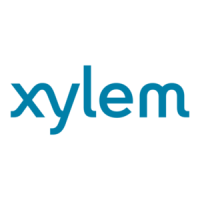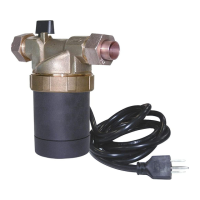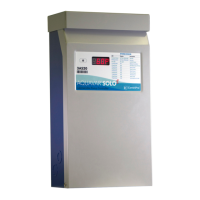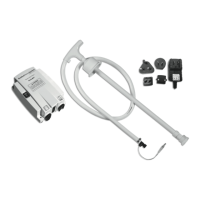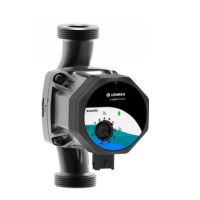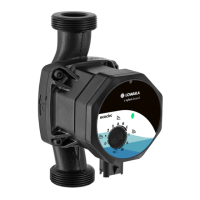What does THERMO MOT/EXT ERROR 15 mean on my Xylem Water System?
- Kkarl64Sep 23, 2025
THERMO MOT/EXT ERROR 15 on your Xylem Water System indicates that the PTC sensor has reached its release temperature. Close X1/PTC if there is no external protective device connected.
